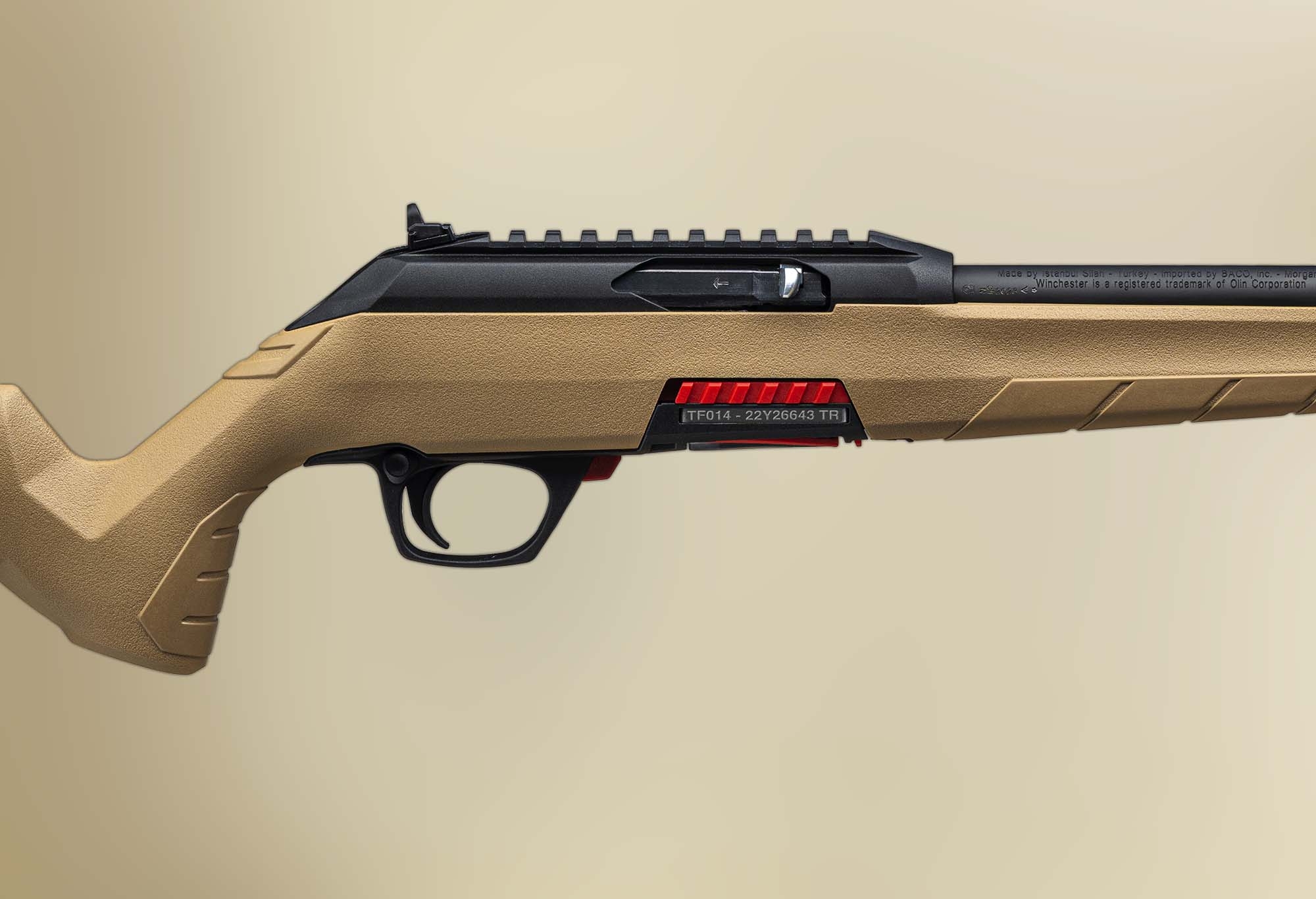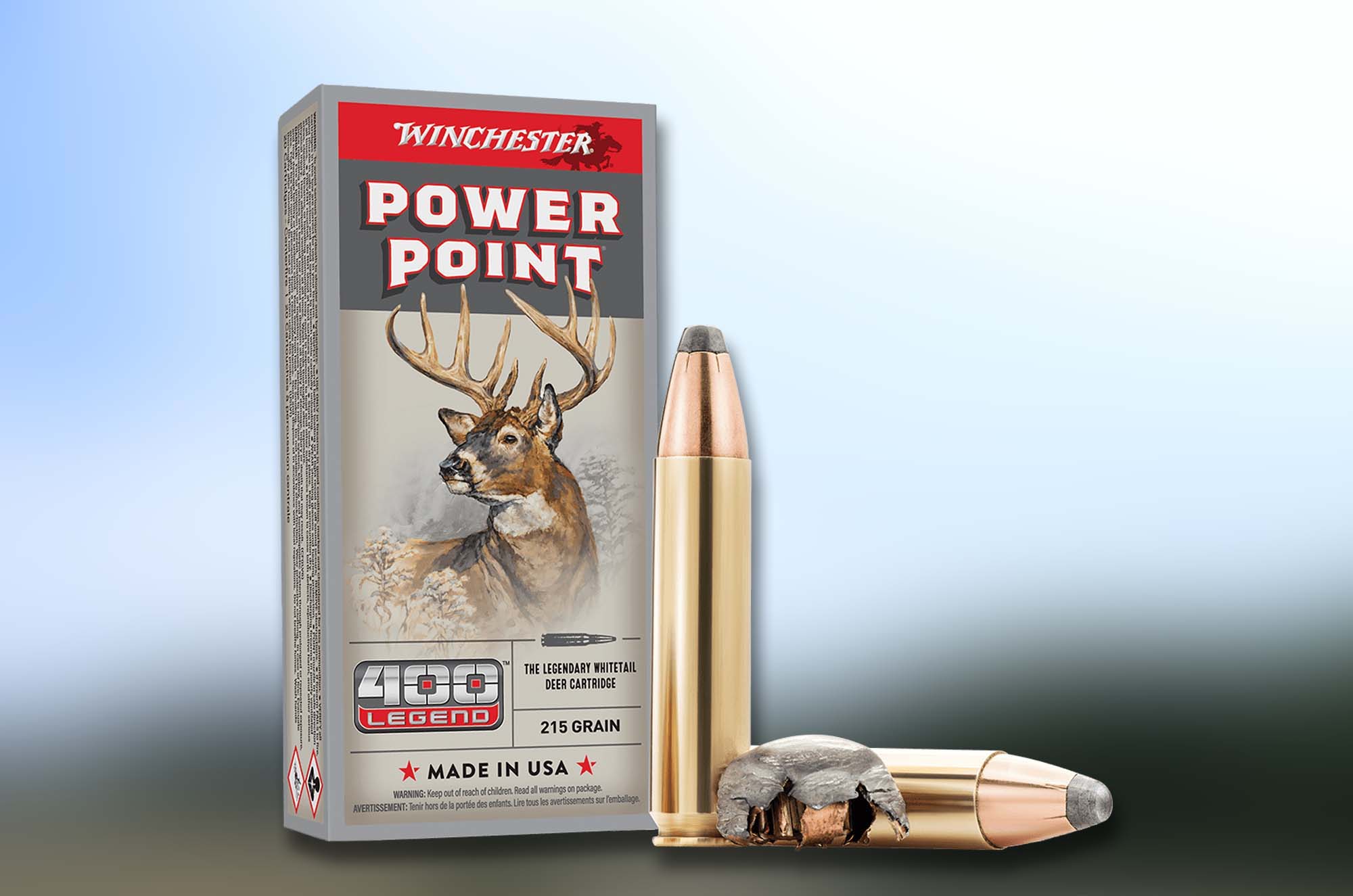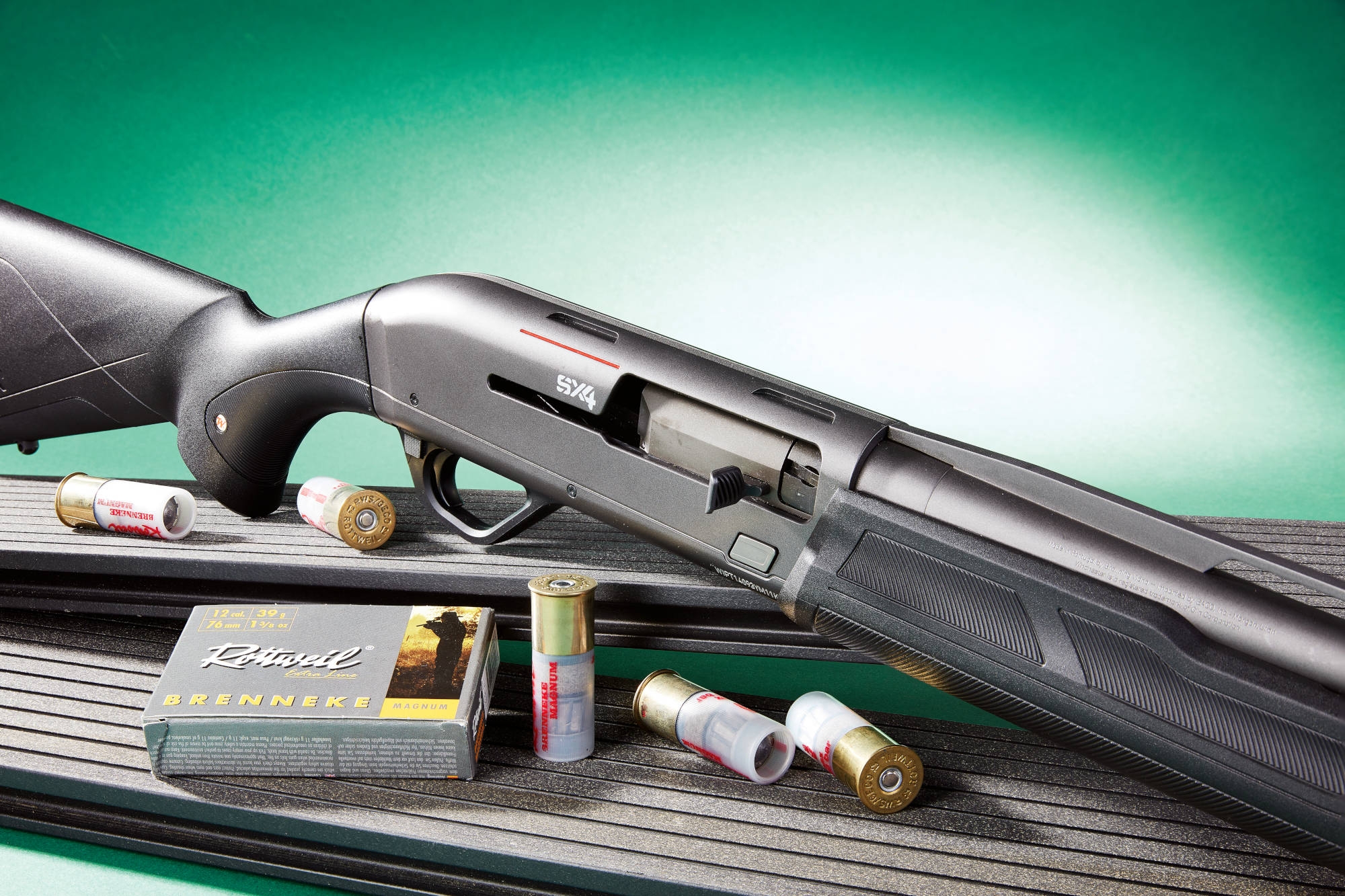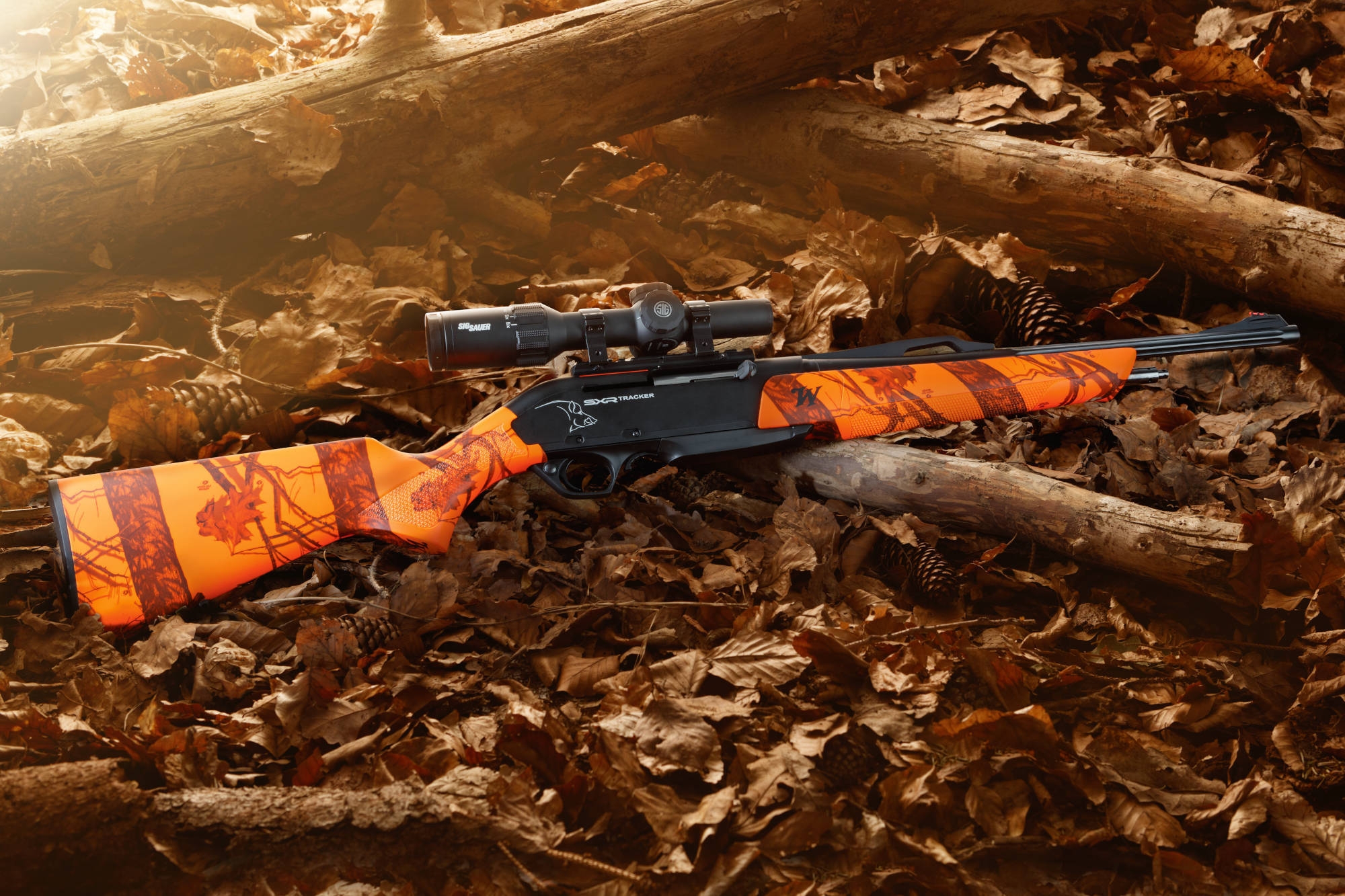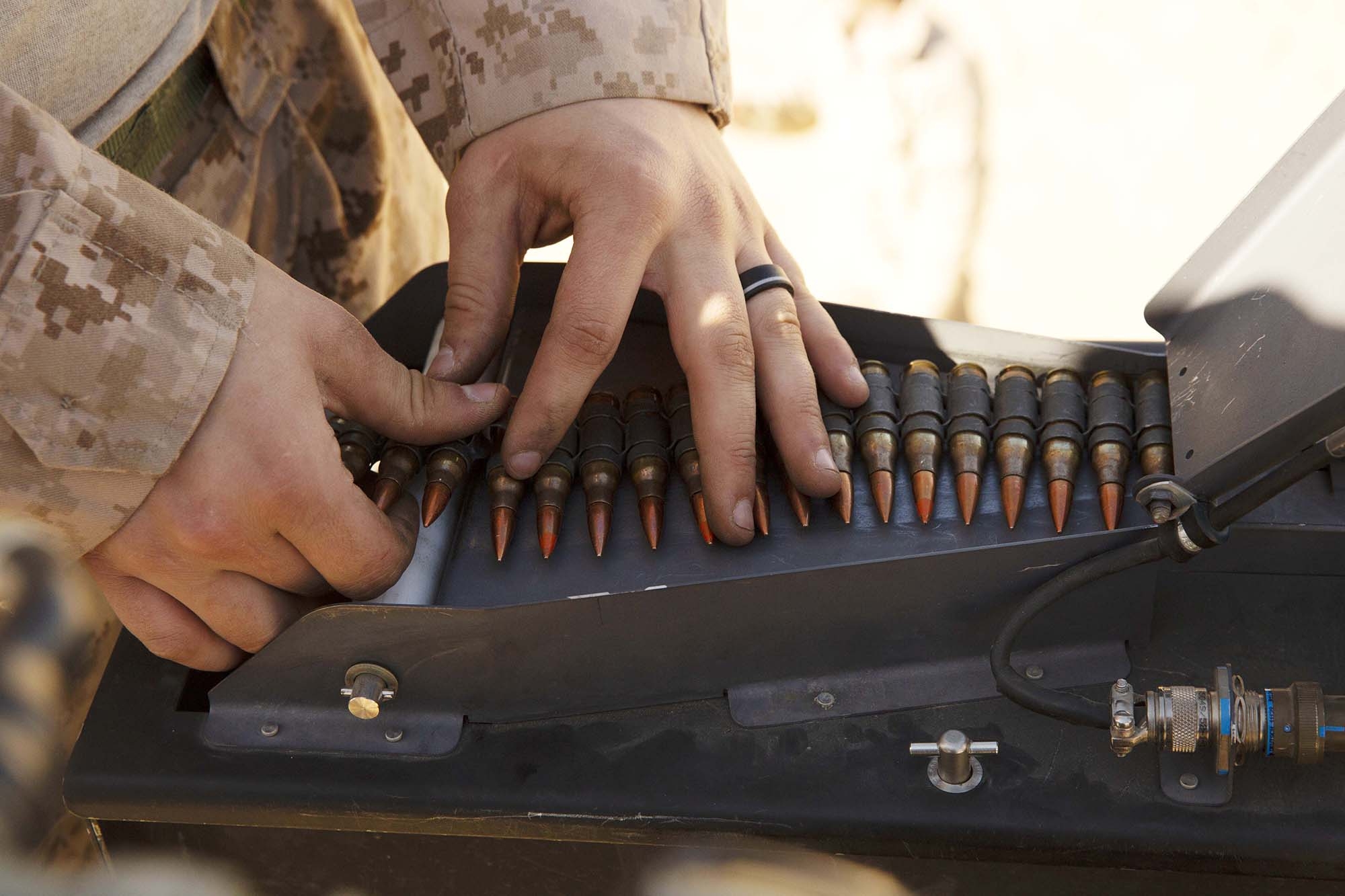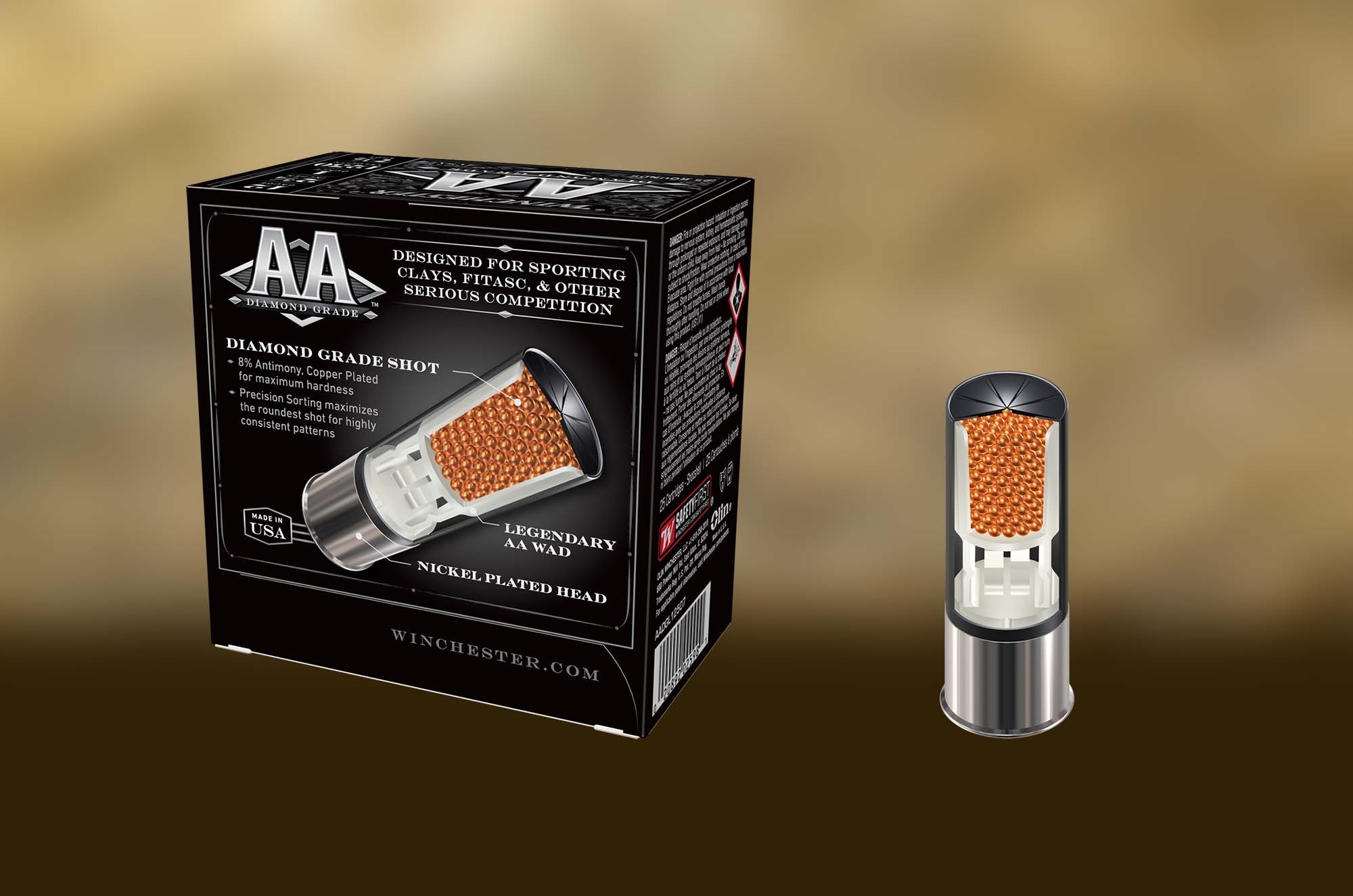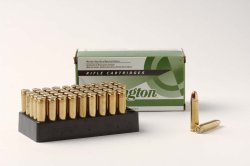
“Smaller and smaller, and even smaller!” Modern wars, mostly made of brief low-intensity, close-range clashes, sometimes even taking place in urban areas, have led to the emergence of two major trends, which have stirred controversy.
The first one involves the shift within the military, where carbines replaced rifles ‒ the first ones having a shorter and smaller barrel and thus proving handier in smaller areas, the latter scoring better in terms of ballistic performance.
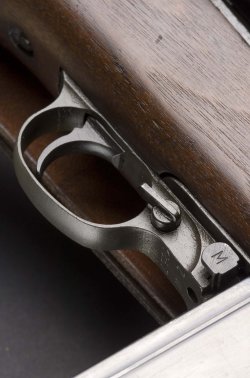
The second relates to the demand for Personal Defense Weapons (PDW) for rearguard personnel, in order to bridge the gap between sidearms (pistol) and bulky rifles/carbine. As a matter of fact, engineers, sanitary personnel, tank crews, or helicopter pilots cannot carry this type of weapon. There is a need to find an acceptable compromise between portability – that is a suitable combination of size and weight ‒ and firepower – that is weapon performance in terms of both range, accuracy and ballistics. Such a gap cannot definitely be filled by machine guns, the latter using handgun ammunition which do not prove to be effective against shielded targets. As a result, different models have been developed, these ranging from ultra-short assault rifles to out-of-standard futuristic weapons carrying less than effective bullets.
But… wait a moment! Is this really a new necessity? You could not be more wrong! We are just experiencing the same dilemma that had taken place almost seventy years ago, in the late ʼ30s to be precise, and that had racked the brains of gunsmiths and technical officers in the U.S. Army.
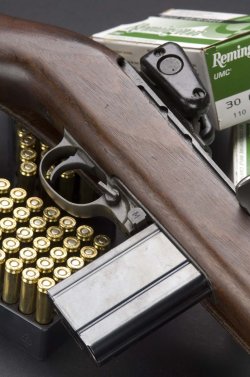
At the time the legendary M1 Garand battle rifle in .30-06 had just been adopted, and it would remain in service for a long time, both in the U.S. and abroad. Such a weapon was praised by everyone… or nearly so. In fact, this weapon is chambered in the .30-06 Springfield caliber, the same one used by Springfield M-1903 and Eddystone P-17 rifles – the rifles employed by U.S. troops during the First World War - and the same one used on weapons such as the BAR M-1918A1 automatic rifle and Browning M-1917 and M-1919 machine guns. That is indeed a very precise and powerful caliber, with a massive range...
However, in an early stage, the caliber of the new rifle was supposed to be the smaller .276-Pedersen, a cartridge which would have allowed to produce a lighter and handier weapon with less recoil. It was finally agreed upon keeping the .30-06 caliber because there were huge batches of them stored in the arsenals. Furthermore, this would help keeping down the costs of production – namely concerning standardization and reorganization of production and logistics ‒ in a country that was still recovering from the Great Depression.

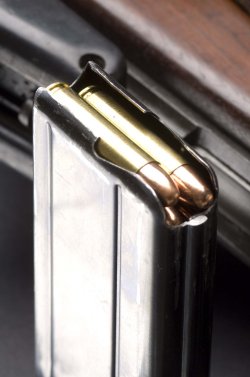
Overall, adopting the Garand did not solve the problem that such a choice was supposed to overcome. It was too long and heavy of a rifle, with a strong recoil, poorly suited for rear personnel, paratroopers and assault troops, who needed a handier weapon with better overall performance than the M1911-A1 and Thompson submachine guns (chambered in the .45 ACP caliber). The latter was an acceptable weapon, not taking into account the excessive weight. Tommy Guns were too expensive, that explaining why they were not handed to the troops in large amounts. The (in)famous M3 Grease Gun, on the other hand, had yet to come.
Out of necessity, there had to be more planning and designing to come up with something new. In 1938 an official request was put forward to the U.S. Army Ordnance Department, and it was finally approved in 1940. This event triggered fierce competition among the largest American weapon manufacturers. Among these, there was Winchester. In 1939, after the death of Ed Browning, its chief engineer and relative of the more famous John Moses, Winchester hired David Marshall Williams hoping he would complete the projects that had been left unfinished.
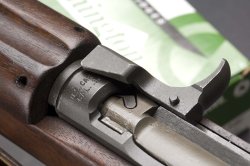
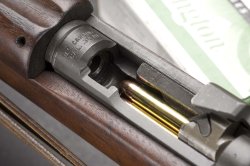
Williams was a peculiar character, whose figure also inspired the 1952 feature movie “Carbine Williams”, starring James Stewart. Apprentice blacksmith, rejected by the Navy and by the military academy, he got into illicit distilling at the time of the Prohibition, eventually serving a thirty years sentence for the murder of a deputy sheriff during a bust at his distillery. During the time he spent “behind bars”, he was noticed by the prison supervisor for his mechanical skills and sent to work at the internal workshop.
There, Williams showed exceptional skills when repairing the firearms of the prison guards. He took an interest in technical drawing as well, and eventually came up with two ideas – that he would later patent – which were to revolutionize the world of weapons: the short-stroke piston and the floating chamber. Word of his skills and accomplishments got to the right people, and in 1929 the governor of North Carolina eased his prison sentence. He was released in 1931.

Once at Winchester, he laid his hands on the Winchester Military Rifle, the .30-06 prototype designed by Ed Browning. Such a weapon had been proposed as a possible replacement for the M-1903 model, but its flawed tilting breechblock opening system had the model ruled out of the competition in favor of the Garand, which had proved to be more reliable. Williams integrated his short-stroke piston system into the weapon, in addition to a rotatable breechblock and a recoil transfer bar which resembled the one of the Garand rifle. Other Winchester engineers did the rest of the work. William C. Roemer and Fred Humeston reduced the size of the weapon, providing it with a 458 mm barrel. By early 1941, the final prototype was finally ready. It weighed about 2.5 kg, and its semi-automatic rifle setting, which could count on a 15-round removable cartridge, paralleled the one on the old Winchester M-1905. The stock was old-fashioned, made of wood. Its look was reminiscent of the Garand rifle, so that over the years the rifle would also come to be known by a misleading nickname, the “Baby Garand”.
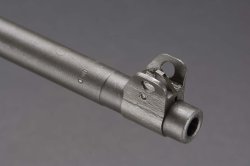
The .32-WSL cartridge, which was modeled after the M-1905 ammo, was the intended cartridge for the new rifle. The so-called .30-Carbine was essentially a Rimless version in order to improve extraction. The cartridge was very different from any other .30 caliber. Smaller, the .30-Carbine (A.K.A 7.62 x33mm) used non-corrosive primers and a 110 grain full metal jacketed ball with a rounded point. Fired through the 18” rifle barrel, the cartridge could build a speed of 600 m/s, somehow reaching a good middle ground between a submachine gun and a service weapon of the time, with an actual maximum range of about 270 m.
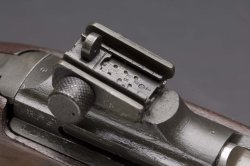
Obviously ballistic performance was far from great, especially when compared to that of the “full-power” rifles of the time. However, the carbine had not been designed for the front line. Its primary recipients were to be officers, petty officers and other professionals such as communication specialists, doctors, engineers, cooks... eventually, especially during WWII, the carbine also turned out to be a perfect weapon for paratroopers, armored vehicle crews, and machine guns and mortar shooters. The weapon was repeatedly tested by the U.S. Army between August and October 1941, until it was officially adopted and standardized under the name of U.S. .30-Cal M1 Carbine. As a result, its ammunition went by the official name of .30-M1. And the person who had made this possible, David Williams, was also nicknamed Carbine, a nickname that was to stay with him until the end of his life.
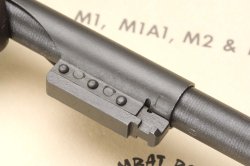
The standardization and adoption of the M1 Carbine was carried out by the American Army just in time, two months before the Japanese attacked Pearl Harbor and the U.S. entered World War II.
The Marines involved in the Pacific front were the first to be handed the new weapon. Following D-Day on June 6, 1944, the weapon would also be largely used on the European front.
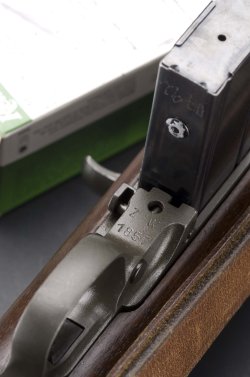
At an early stage, the M1 Carbine had been designed as a selective fire-type of weapon, although this option was later partially discarded. Nevertheless, during the conflict several versions of the M1 were designed and produced. The first one was the M1A1, with a modified foldable stock to be used by paratroopers. It had a pistol grip and crutch-like stock which could be folded sideways. Over 150,000 models of this version were produced during the war.
The old project of a selective fire weapon was later resumed with the construction of the M2 in 1945. In practice, this weapon was an automatic M1 equipped with a sliding selector on the left side. A special 30-ball curved cartridge was specifically produced for the M2. The flash suppressor, initially of the duckbill type, was later replaced by the M1 Carbine standard model. The cyclic rate of the M2 in full auto shooting varied between 850 and 900 rounds per minute. Roughly 600,000 M2 models were produced, some of which with the M1A1 folding stock. However, the M2 carbine never reached the popularity enjoyed by its semi-automatic sister twin. It eventually turned out to be a poor middle ground between an assault rifle and a PM, earning a bad reputation as unreliable during the Korean war, especially in full auto mode.
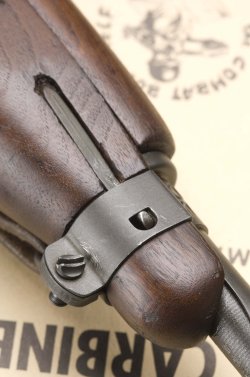
The latest version, known as M3, ensued directly from the M2 and only 3,000 models were produced. The M3 was equipped with a T3-type optics attachment with infrared night vision image converter, the so-called Snooperscope.
Among the different accessories which were developed during the war for the M1, the M8 grenade launcher, used with special blank ammunition, is worth mentioning.
During WW2 the M1 Carbine and its different variants were used on a mass scale by the US and the Allies, including raid operations carried out by specialized units such as the British SAS and the SOE Commandoes which supported partisan units behind enemy lines. Up to date, more than six million M1 rifles and alternative versions have been produced, thus making this “little one” the most popular military weapon ever manufactured in the world after the Kalashnikov assault rifles and the M-16s. During the war, Winchester and General Motors (Inland Division) were the main manufacturers, although they were later joined by eight more Sub-Contractors including IBM and Underwood Typewriter. Once the war ended, the M1 rifle was distributed to all the new U.S. allies against the Soviet Union. Germany handed them to the Bavarian police, while in Italy the Carabinieri kept them as a service weapon until not long ago. In Japan the M1 was manufactured by Howa Machineries in order to be used by the Police and the Japanese Self-Defense Forces. As a matter of fact, Howa models were also exported to the U.S., from where they were then sold to institutional buyers in Southeast Asia. The M1 Carbine continued to be used by the U.S. military as well, with extensive use during the Korean War.
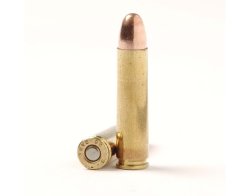
It was at this time that the contradictions inherent in this great little rifle became more evident. It was probably a sign of the changing times and of fast-paced modernization, but the American military carefully looked into complaints over the constant jams experienced by the M1. In fact, not only recoil springs were too weak and the .31-M1 ammo was not generating sufficient recoil energy, but the cartridge also lacked enough penetration and stopping power. Such complaints had already been voiced during WW2, but you could hardly expect from this type of gun – carrying a FMJ bullet with rounded head and only 1190 Joules of energy – to have the stopping power of a .30-06 Garand. The performance also varied greatly depending on the surrounding environment, the worst conditions being those in the jungle of the Philippines or in the cold Korean mountains.

The U.S. officially retired the M1 Carbine during the Vietnam War. The replacement was a very versatile and much more powerful weapon, the M-16 rifle. The M1 rifles still stored in the arsenal were sold to civilians or to allied governments, especially to South Vietnam who supplied the local Montagnards militia. Thailand and Burma also received large stocks of M1 Carbines under the Military Assistance Program.
Despite its retirement, the M1 Carbine continued to be considered a viable alternative weapon for police units up to the late '70s. In fact, it is still a popular weapon for civilian use, for hunting, for target shooting or self-defense. Aftermarket M1 Carbine accessories available in the U.S. are of all kinds and practically countless.
Such popularity can be explained by the fact that the M1 Carbine still performs quite well at close range against non-shielded targets. In fact, its performance scores close to that of a .357-Magnum – the latter having a slug of the same weight of .30 -M1 bullet (110 grains), fired at a lower speed (400 m / s versus 600 m / s) and with a lower energy load (560 Joules against 1190), but having the advantage of using “hollowpoint” ammunition. For this reason the BOPE Police unit of Rio de Janeiro still uses the gun.
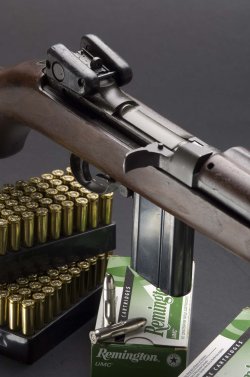
The Israeli police, the so-called MAGAV, also had the Israel Military Industries produce this weapon in large quantities.
Nowadays the Israeli police is still attached to .30-M1 performance, so much so that it recently attempted to come up with a locally designed weapon fitting this caliber, the IMI Magal rifle.
Since the experiment eventually turned out to be a failure, the old M1 carbines carried by the Israeli Police have therefore been re-conditioned by another Israeli company, the IAI - Israel Arms International – importing new parts from the US, in order to keep them in service as long as possible.
The M1 Carbine was also the preferred weapon of self-defense of African-American leader Malcolm X.
Since 1945, at least 10 weapon manufacturers, three of which non US-based, have undertaken M1 Carbine manufacturing for commercial and institutional purposes. The M1 was used for military purposes or to maintain public order in 15 different countries, including Italy.
To fit the M1 Carbine and its sub-versions within a specific weapon category is not an easy task. The M1 is sufficiently precise at close-range, considering that within 90 meters you can get groups ranging from 3 to 5 MOA - which is quite good given the fact that the M1 was conceived as a medium-range defense weapon. The range and the energy at the muzzle are higher than those of any submachine gun of the time (WWII), although the .30-M1 ammo is smaller and lighter than both the .45 ACP and any other service rifle ammunition of the day.
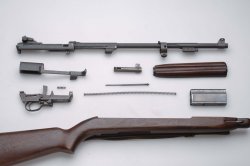
It is even harder to categorize the M2 and the M3. These weapons were never designed to be an assault rifle which could compete with contemporary German Sturmgewehr 44. Furthermore, the .30-M1 ammo lacks muzzle speed in respect to the 8x33 caliber, which also uses a Spitzer cartridge wasting much less energy on distances of over 100 yards. Could it be a PDW ahead of its time, then? We leave it up to the reader, or rather, the shooters, to decide. Enjoy the pictures that come with this article. In the meantime, if you do have a M1 Carbine, just enjoy IT.




